
Tongli air-swept coal mill is a grinding equipment that integrates drying and grinding. It is mainly used for coal powder preparation in major cement plants and thermal power plants. The coal blocks enter the mill through the feeding equipment, and the hot air enters the mill through the air inlet pipe. As the mill cylinder rotates, the coal and the hot air exchange heat in the mill, and the coal blocks are crushed and ground in the mill. While the coal is being ground, the fine powder that meets the standards is carried out of the mill through the hot air in the mill, through the discharging device, and sent to the burner to provide heat source for the rotary kiln and boiler.

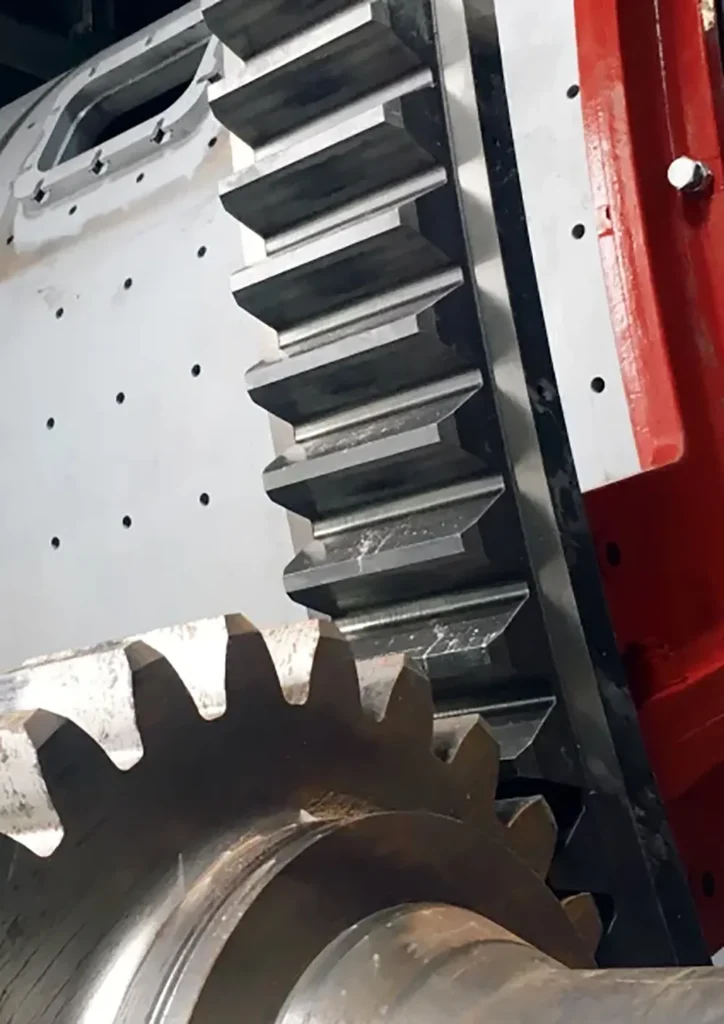
Efficient Coal Grinding Solution
A MACHINE YOU CAN DEPEND ON!
"Maximize Efficiency with Our Advanced Coal Grinding Ball Mill: Superior Grinding and Optimal Drying for Peak Performance!"
The air-swept coal mill can dynamically adjust the particle size and supply of pulverized coal according to the combustion conditions of the cement rotary kiln, thereby achieving more flexible and efficient production management. This ability can significantly reduce energy consumption and improve production efficiency in cement companies.
In cement production, kilns have extremely strict requirements for the fineness of pulverized coal. The fineness of pulverized coal is usually required to be controlled at a pass rate of 80-85% under a 200-mesh sieve. Through careful particle size control, the air-swept coal mill can ensure complete combustion of pulverized coal, reduce the unburned carbon content in the raw meal, and increase clinker production.
In coal-fired power plants, fluctuations in boiler load place higher requirements on the supply of pulverized coal. The rapid response capability of the air-swept coal mill can change according to the demand of the boiler. When the power demand increases, the coal mill system can quickly increase the output of pulverized coal and adjust the supply speed of pulverized coal in real time to ensure stable combustion.
| Model | Drum Speed (r/min) | Production Capacity (t/h) | Feed Size (mm) | Grinding Media Load (t) | Main Reducer | Main Motor (kW) | Total Weight (t) |
| Φ1.8×2.5 | 24.5 | 3-5 | <25 | 10 | ZSY40 | 110 | 32 |
| Φ2.2×4.4 | 22.4 | 4-6 | <25 | 22.5 | ZSY60 | 265 | 49 |
| Φ2.4×4.75 | 20.4 | 6-8 | <25 | 24.5 | ZSY60 | 295 | 57 |
| Φ2.4×4.5+2 | 20.4 | 9-12 | <25 | 25 | ZSY60 | 330 | 79 |
| Φ2.6×5.25+2.25 | 19.7 | 13-14 | <25 | 30.5 | ZSY70 | 415 | 101 |
| Φ2.8×5+3 | 18.3 | 16-17 | <25 | 34.5 | ZSY80 | 515 | 110 |
| Φ3.0×6.5+2.5 | 18.3 | 19-20 | <25 | 45.5 | ZSY90 | 645 | 127 |
| Φ3.2×6.75+2 | 16.9 | 25-30 | <25 | 52.5 | JDX560 | 725 | 151 |
| Φ3.4×6+3 | 17.5 | 28-30 | <25 | 57.5 | JDX710 | 815 | 165 |
| Φ3.8×7+2.5 | 16.4 | 38-40 | <25 | 82.5 | MBY800 | 1255 | 218 |
QUALITY NEVER GOES OUT OF STYLE
Feeding process: The material enters the ball mill through the feeding device. When feeding, the material enters the mill through the hollow shaft. In order to ensure that the material can be evenly distributed inside the mill, a spiral device is installed on the feeding hollow shaft, and the material is evenly transported to the first bin of the mill by the rotation of the spiral.
First bin grinding: The first bin of the ball mill is equipped with a stepped liner or a corrugated liner. The function of these liners is to increase the friction between the material and the steel ball, and different grinding effects can be provided according to different designs. The bin is also equipped with steel balls of different specifications. When the cylinder rotates, the centrifugal force generated brings the steel balls to a certain height. Then, the steel balls fall freely under the action of gravity, hit and grind the materials, and complete the first stage of coarse grinding.
Material transition: After the coarse grinding in the first bin, the material enters the second bin through a single-layer partition plate. The function of the partition plate is to separate the grinding process at different stages to avoid mixing and ensure that the materials are ground in sequence.
Second bin fine grinding: The second bin is equipped with a flat liner to ensure that the material can be more evenly distributed and ground. At the same time, the bin is also equipped with steel balls. Unlike the first bin, the steel balls here are mainly used for fine grinding, that is, to further refine the coarsely ground materials.
Unloading process: After fine grinding in the second bin, the material is ground into powder and finally discharged from the mill through the discharge grate to complete the entire grinding process.
1. The advantage of ball mill is that it has a wide range of applications and can handle coals of various hardnesses, especially medium-hard coal and low-volatile coal. The ball mill can withstand problems such as feed particle size fluctuations and coal type changes. The optimized steel balls and liners have less wear and the spare parts have a longer life.
The disadvantages are that the ball mill has high energy consumption, and long-term operation will increase energy consumption. The grinding efficiency of the ball mill is relatively low, and more grinding time is required to achieve the required fineness. The ball mill is large in size, occupies a large area, and has a high plant construction cost. During operation, due to the rotation and impact, the ball mill will generate greater noise and dust pollution, and additional environmental protection equipment is usually required to reduce the impact on the environment.
2. The advantage of vertical mill is that it has high grinding efficiency. It adopts the material bed grinding principle, and the coal is directly crushed between the grinding roller and the grinding disc, with low energy consumption and high efficiency. The overall energy consumption of the vertical mill is lower than that of the ball mill, the system has good sealing, and the dust emission and noise are small. The discharge fineness of the vertical mill is easy to adjust, and the fineness of the finished coal powder can be quickly adjusted according to production needs. Due to its compact structure and small footprint, the cost of plant construction is relatively low.
The disadvantages of vertical mill coal grinding include large initial investment in vertical mill equipment, especially for small and medium-sized enterprises, the cost pressure is relatively high. The vertical mill has high requirements for the moisture, hardness and particle size of the coal material. If the coal quality is uneven or the water content is too high, it may affect the grinding efficiency and the stable operation of the equipment. Due to its complex structure, the vertical mill is difficult to repair and the maintenance cost is high when it fails. In addition, the price of wearing parts such as grinding rollers and grinding discs of the vertical mill is high, and the replacement cost of spare parts after long-term use is considerable.
1. Adjust the powder classifier: During the coal grinding process, the powder classifier can effectively remove qualified coal powder and reduce the phenomenon of over-grinding. Adjust the wind speed and air volume according to the on-site conditions so that the coal powder can be discharged from the mill in time, which can not only increase the mill output, but also avoid the problems of coal powder sticking and clogging caused by long-term retention. Efficient classification systems, such as dynamic and static combined powder classifiers, can also ensure qualified coal powder particle size and improve product quality.
2. Adjust the cylinder speed: Too low speed will cause the steel balls to not be fully lifted, and the impact force on the coal blocks will be weakened; while too high speed may cause the steel balls to slide along the cylinder wall and fail to effectively fall and impact the coal blocks. In order to achieve the best grinding effect, it is usually necessary to adjust the cylinder speed to between 75% and 85% of the critical speed. The calculation formula for the critical speed is: n=42.3/square root(D) where n is the critical speed (r/min) and D is the inner diameter of the ball mill cylinder (m). By adjusting the actual rotation speed of the cylinder, the impact force of the steel balls can be optimized and the grinding efficiency can be improved.
3. Optimize the steel ball filling ratio: Adjusting the steel ball filling ratio can improve the fineness of the coal powder and the coal grinding efficiency. The steel balls in the ball mill are divided into three layers: large balls, medium balls and small balls. These steel balls are reasonably configured according to the type of coal and the feed particle size to achieve the best grinding effect. Under normal circumstances, the steel ball filling volume accounts for 30%-35% of the volume of the ball mill cylinder. In actual operation, large steel balls are mainly used to crush coal blocks, while small steel balls are used for fine powder grinding. Therefore, according to the size of the coal blocks and the moisture content of the coal, the proportion of large, medium and small steel balls can be reasonably adjusted to effectively improve the grinding efficiency.
4. Adjust the feed particle size: The smaller the feed particle size, the higher the grinding efficiency. Therefore, before entering the ball mill, the coal should be pre-treated as much as possible, such as crushing, screening, etc., to reduce the feed particle size and reduce the load of the ball mill. The crushed raw materials can increase the contact area between the coal and the steel balls during the grinding process, thereby increasing the crushing effect and increasing the output.
5. Optimize the structure and material of the liner: High-wear-resistant materials such as high-manganese steel, wear-resistant alloy steel or ceramic liner can not only effectively reduce liner wear, but also improve grinding efficiency. Wave-shaped liner or graded liner can help optimize the movement trajectory of the steel ball and enhance the impact of the steel ball on the coal, thereby improving grinding efficiency.
1. Different types of coal (such as lignite, bituminous coal, and anthracite) have different effects on the grinding efficiency of the ball mill due to differences in volatile matter, ash content, fixed carbon content, hardness, and other characteristics. Lignite is easy to crush due to its high volatile content and soft texture, but its high moisture content will lead to over-grinding and affect combustion efficiency; bituminous coal has moderate hardness, moderate crushing difficulty, uniform coal powder particles, and is suitable for combustion; while anthracite has high hardness, low volatile content, the greatest crushing difficulty, requires greater grinding energy consumption, and has higher requirements for coal powder fineness to improve combustion efficiency.
2. For lignite, due to its soft texture, the ball loading ratio should be reduced, smaller diameter steel balls should be used, and the speed of the ball mill should be appropriately reduced to reduce the residence time of coal blocks in the mill to avoid excessive fine powder. The high moisture content of lignite requires increased ventilation to reduce the moisture content of coal powder and prevent adhesion and blockage in the mill. For bituminous coal, the parameters of the coal grinding system can be kept within the normal range. The appropriate ball loading ratio, rotation speed and ventilation volume can ensure that the coal blocks are fully ground and maintain good coal powder fluidity. However, due to the high hardness and high difficulty in crushing, anthracite requires the use of larger steel balls and a higher ball loading ratio. At the same time, the speed of the ball mill should be appropriately increased to increase the impact force and crushing effect on the coal blocks. Anthracite has high requirements for coal powder fineness, so the ventilation volume should be properly controlled to avoid coal powder being discharged from the mill too early, affecting the grinding efficiency.
3. Actual cases show that when processing lignite, the fineness of coal powder is improved by reducing the rotation speed and reducing the ball loading rate, and the power consumption is reduced by about 5%. When processing anthracite, by increasing the rotation speed and increasing the ball loading ratio, the fineness of coal powder is significantly improved, and the combustion efficiency is increased by 10%, although the power consumption is slightly increased. These data show that by reasonably adjusting the mill parameters, the operating efficiency of the equipment can be improved and the stability and economy of the combustion system can be ensured.
Typical pulverized coal fineness requirements are that the mass fraction of pulverized coal passing through a 200-mesh sieve is not less than 70-80%. Too coarse pulverized coal is difficult to fully burn, resulting in a reduction in boiler thermal efficiency; too fine pulverized coal will not only increase energy consumption, but may also cause over-grinding, leading to increased wear and tear on equipment. The solution is:
1. Adjust the discharge port to control the fineness of pulverized coal: a discharge port that is too small will cause the pulverized coal to stay in the mill for too long, resulting in over-grinding. Adjust the opening of the discharge port according to actual needs. The key to controlling the fineness of pulverized coal is that when the size of the discharge opening is increased by 10%, the fineness of pulverized coal can be reduced from 75% to 65% (passing a 200 mesh sieve)
2. Optimize the performance of the powder separator: By adjusting the angle, rotation speed and other parameters of the classification blade, pulverized coal of different particle sizes can be effectively sorted to ensure that fine powder is discharged in time, and coarse powder is returned to the mill for continued grinding. Technical parameters: The adjustable speed range of modern powder concentrators is generally between 500-1500 rpm, and the classification efficiency at different speeds can be significantly different. For example, when the rotation speed is increased from 600 rpm to 900 rpm, the fineness of pulverized coal can be increased by about 10%.
3. Control the grinding time: Too long grinding time will cause the size of the pulverized coal particles to be too small, causing over-grinding. In actual operation, the optimal grinding time needs to be determined through experiments to ensure that the fineness of the pulverized coal meets the requirements and to avoid unnecessary increases in energy consumption. By shortening the grinding time by 30%, our customer in Angola, Africa, can reduce the proportion of fine coal by about 15%, which not only saves power consumption, but also extends the service life of the equipment.
Monitor the fineness of pulverized coal and perform feedback control
4. Real-time monitoring of coal fineness is an important means to prevent over-grinding. Modern coal grinding systems are usually equipped with online coal fineness monitoring devices that can measure the particle size distribution of coal in real time through particle size analysis instruments (such as laser particle size analyzers) and feed the data back to the control system. Through the feedback control mechanism, the operating parameters of the mill are automatically adjusted to ensure that the fineness of pulverized coal remains within the set range.
Data support: The accuracy of a typical online monitoring system can reach ±1%, which can help companies effectively reduce the phenomenon of over-grinding of pulverized coal and improve combustion efficiency by about 2-3%.
Wet coal has a high moisture content and is prone to adhesion and agglomeration during the grinding process, leading to problems such as mill blockage, uneven powder discharge, and reduced equipment operating efficiency.
1. Impact of high-humidity coal on coal ball mill: When the moisture content of coal exceeds 12%, wet coal is easy to adhere to the steel balls and linings in the coal mill to form coal slime, which makes discharge difficult and causes blockage. Uneven powder discharge: Wet coal is difficult to be completely ground, resulting in uneven coal powder fineness, affecting boiler combustion efficiency. Increased wear: The friction between wet coal and the inside of the equipment increases during the grinding process, causing faster wear of wear parts (such as linings, steel balls, etc.), increasing maintenance costs.
2. Solution: For raw coal with too high moisture content, a pre-drying system is required to reduce the moisture content of the coal. A rotary drum dryer can be used for preliminary drying to reduce the moisture content to below 10%, thereby reducing the risk of blockage of the coal mill. Install anti-blocking devices to reduce the blockage of wet coal at the feed inlet, discharge port and exhaust duct. Anti-sticking wall coating or anti-sticking wall material can also be added to the feed port and the inside of the cylinder to reduce the adhesion of wet coal. Vibration anti-blocking equipment uses high-frequency vibration to reduce the adhesion of wet coal and prevent material accumulation by installing vibration devices at key parts of the mill such as the feed port and the discharge port.
3. Optimization of feeding device: Traditional screw conveyors are prone to blockage when handling high-humidity coal. For example, increase the gap between the spiral blades and reduce the conveying speed to reduce the adhesion and accumulation of wet coal. The waterproof feed port design can prevent excess moisture from being brought in by rainy days or wet coal. At the same time, the use of pneumatic feeding system can reduce the adhesion of wet coal during transportation through airflow. Actual cases show that through the combination of pre-drying system and anti-blocking device, when handling coal with a moisture content of 18%, the rotary dryer reduces the moisture content to 8%, which increases the output of the coal ball mill by 15% and reduces the number of shutdowns caused by blockage. After adding a vibration anti-blocking device, the downtime of a steel plant's coal-grinding ball mill when processing wet coal was reduced by 30%, and the replacement frequency of wear parts was reduced by 20%.
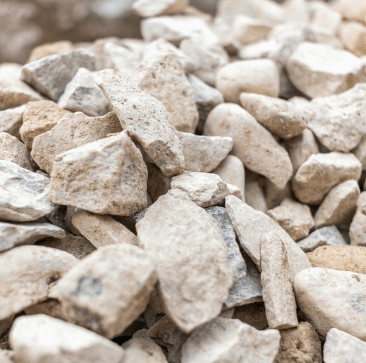
The main component used to produce cement. The ball mill can grind it into fine powder to improve the strength and stability of cement.

Mainly used in building materials and chemical production. The ball mill can crush it for easy processing and utilization.
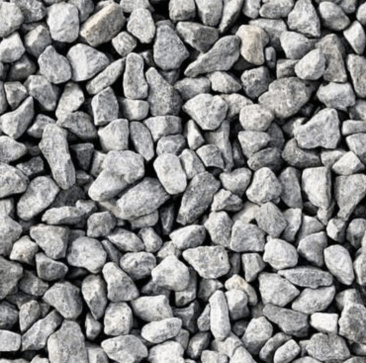
The main source of copper extraction. The ball mill can grind it to improve the efficiency of subsequent mineral processing.
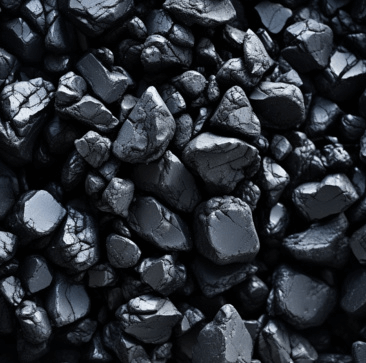
Used in glass manufacturing and foundry industry. Ball milling can improve the product quality.
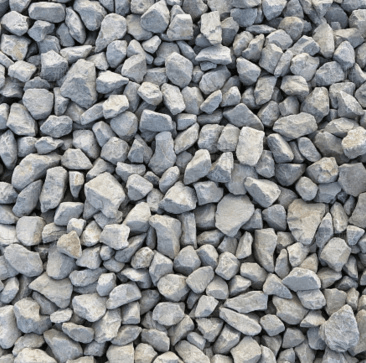
An important raw material for making refractory materials. Ball milling can improve the refractory properties.

Raw material for lithium batteries, ball mills can grind it finely to improve lithium extraction efficiency.
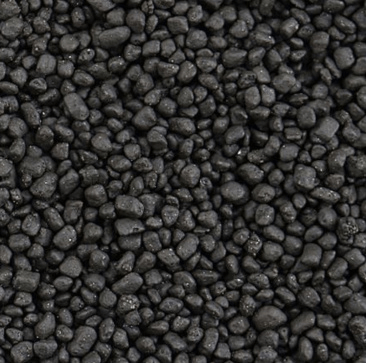
Mainly used in glass manufacturing, ball mill can grind it to improve the transparency of glass.
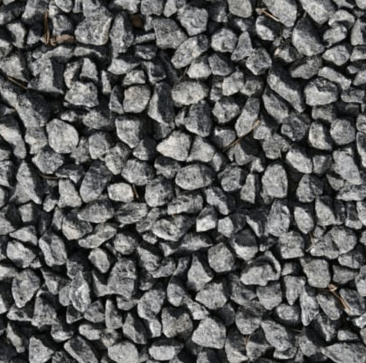
Provides auxiliary materials for steel production, ball mill grinding improves its utilization efficiency.
You can get in touch with us through the following contact information
AddressNo. 2289 Huancheng South Road, Tongxiang, Jiaxing, Zhejiang Province, China. Zip code:314500
Please fill in the sales inquiry form and our sales representatives will be in touch shortly.